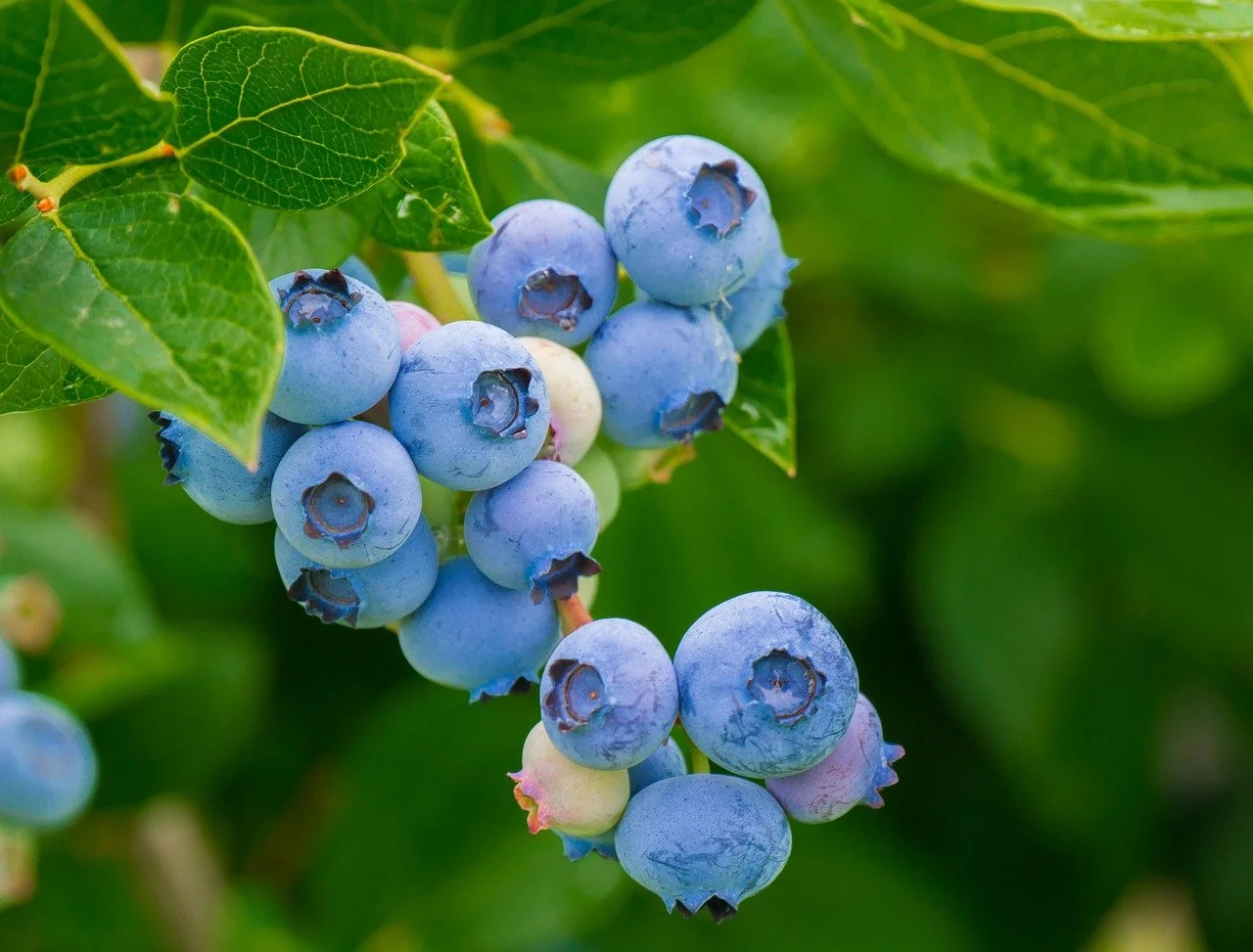Grow Your Own Groceries: A North Carolina Guide to Food Gardening for Yards Tiny to Titanic
So, you’ve decided to start a food garden in North Carolina. First of all—welcome to the green side. Whether you’re working with a sprawling backyard or just a suspiciously sunny corner of your porch, you can grow something edible. And not just those mystery cherry tomatoes your neighbor “gifted” you last year.
From patio herbs to full-blown cornfields (well… sort of), North Carolina’s got the climate, the soil, and the attitude to help you turn dirt into dinner. Let's dig in, shall we?
First Things First: Know Your Growing Zone
North Carolina is like the ultimate gardening buffet. Most of the state falls within USDA Hardiness Zones 7a to 8b, which basically means: long growing seasons, relatively mild winters, and more opportunity to fail and try again without too much frost trauma.
That said, whether you're in the mountains, piedmont, or coastal plain, your NC garden can thrive with a little planning—and a lot of compost.
Starting Small (No Shame in the Container Game)
If you’ve got a tiny yard, a balcony, or no yard at all, you can still grow food. And yes, it will taste better than store-bought. Even if you forget to water it occasionally.
Here’s what works well in small spaces:
Herbs: Basil, thyme, rosemary, chives, mint (plant in pots unless you want mint everywhere until the end of time).
Greens: Lettuce, spinach, arugula, kale. They don’t mind close quarters.
Tomatoes: Go for dwarf or cherry varieties in containers with a cage or stake.
Peppers: Surprisingly polite plants, and pretty too.
Strawberries: In hanging baskets or small beds. Sweet Charlie and Chandler (my faves!) are chef’s kiss for NC.
Tips for small-space success:
Use deep containers with drainage holes.
Feed those babies—container soil dries out and gets depleted fast.
Sunlight is non-negotiable. Aim for 6+ hours daily. (Yes, even if that means fighting your neighbor over the sunny corner.)
Medium Yard? Time to Get Serious (and Maybe a Little Obsessed)
With a little room to play, you can start expanding your plant portfolio. Raised beds, vertical gardening, and square-foot gardening all help you maximize space without creating a chaotic plant jungle (unless that’s your aesthetic—in which case, live your truth).
Grow These in a Medium Garden:
Tomatoes, again: Because you can never have too many.
Zucchini & Summer Squash: One plant feeds an army. Maybe two.
Cucumbers: Give them a trellis and they’ll be your new favorite climber.
Beans: Pole or bush—delightfully low-maintenance.
Blueberries: Ozark Beauty or Sweet Charlie (hello again, Chandler!) work great in NC.
Herbs: Add sage, oregano, dill, and cilantro to your herb crew.
Pro Tip: Practice succession planting—when one crop is done (like lettuce in early summer), plant another (like beans) in its place. It’s the crop rotation glow-up.
Got the Big Yard? You’re Basically a Homesteader Now
If you’ve got the land, let’s go wild (but with a plan). Designate areas for long-game crops, fruit trees, and maybe even a compost bin that’s bigger than your grill.
Your Big Yard Buffet Menu:
Sweet Corn: Because you can. Just plant in blocks, not rows, for better pollination.
Pumpkins & Melons: Big vines, big payoffs. Give them room to sprawl.
Fruit Trees: Apples, pears, peaches, and figs all do well in North Carolina. Just prep for a few years of patience.
Root Veggies: Carrots, beets, onions, radishes. Get deep, baby.
Perennial Herbs: Lavender, thyme, mint (again, contain it!), and lemon balm.
Quinault Strawberries: Great for big beds. They fruit throughout the season.
And don’t forget to make room for cut flowers. Pollinators love them, and your future self will thank you when your garden looks like a Hallmark movie set.
North Carolina Gardening: Timing Is Everything
Here in the NC garden world, you can have two growing seasons: spring/summer and fall. That means double the harvest and double the opportunity to panic about forgetting to mulch.
A Rough Planting Calendar:
February–March: Start seeds indoors. Cold crops like greens and peas can go out early.
April–May: Plant warm-season crops after the frost threat is gone.
June–August: Harvest and start planning your fall garden (kale, carrots, beets).
September–October: Fall planting and prepping for winter rest.
Don’t know your first or last frost date? The Almanac has your back.
Keep It Real: Garden Maintenance Tips
Watering: A good deep soak a few times a week beats daily sprinkles.
Mulching: Do it. It retains moisture, keeps weeds down, and makes you look like you know what you're doing.
Fertilizing: Use compost, aged manure, or an organic fertilizer. Bonus points if you make it yourself and brag about it online.
Pest Control: Neem oil, diatomaceous earth, and companion planting (like basil near tomatoes) work wonders without going full chemical warfare.
Final Thoughts from Flora + TIMBER
Here’s the truth: food gardening in North Carolina is rewarding, frustrating, hilarious, and addictive. You'll grow things you didn’t know you liked. You’ll talk to your basil plant. You’ll cry when squash bugs decimate your first zucchini. And you’ll keep doing it anyway.
Because growing your own food—whether it’s herbs on the windowsill or enough veggies to feed your block—is a radical act of joy, patience, and dirt-under-your-nails satisfaction.
You don’t need a green thumb, just a little curiosity and a lot of trial and error. Trust me, the NC garden gods are forgiving. And hey, if all else fails… there’s always the farmers market.
Want more backyard misadventures, plant nerdiness, and garden-to-table tips? Subscribe to the flora + TIMBER newsletter and follow us on Instagram @flora_and_timber.



